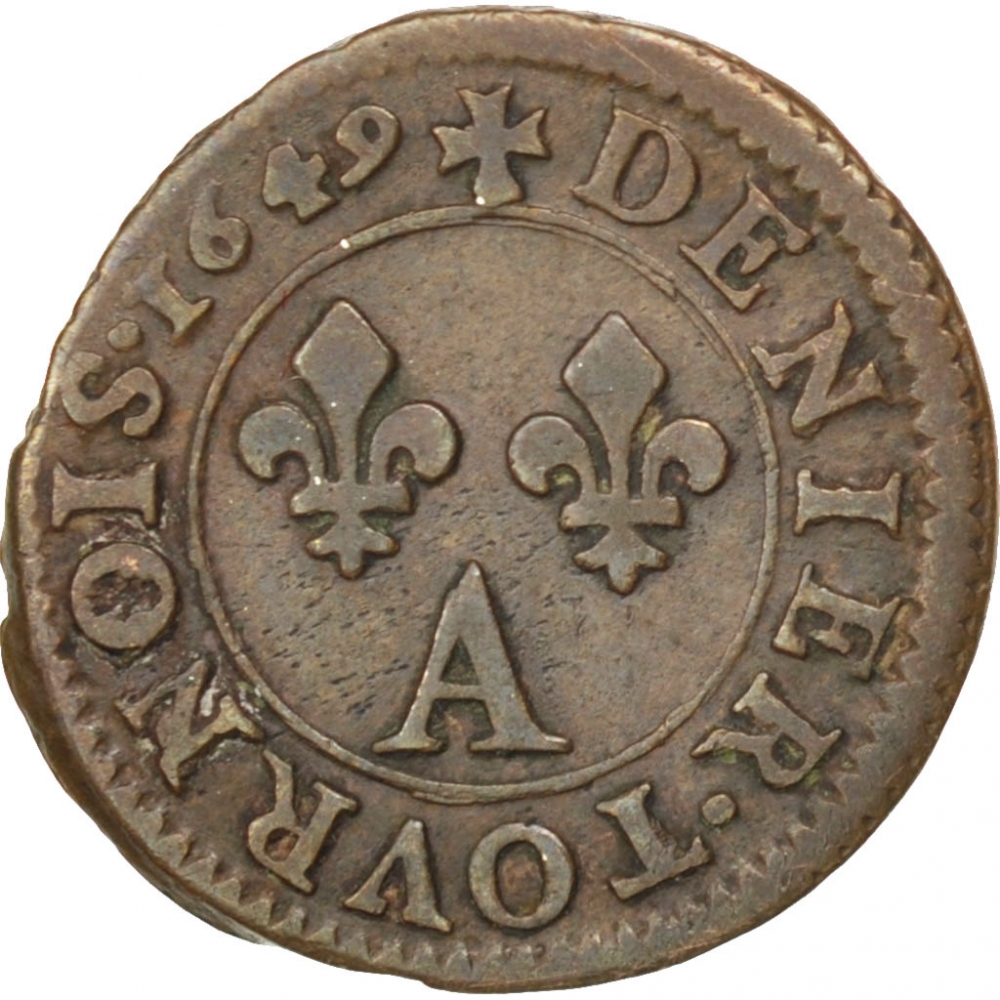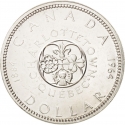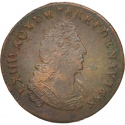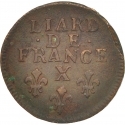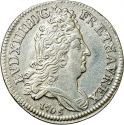You are about to finish your registration. Please check your mailbox (including spam folder). There should be a letter with a confirmation link. Check setting to make sure that your e-mail address is correct.
Send letter againDescription
Louis XIV (5 September 1638 – 1 September 1715), known as Louis the Great (Louis le Grand) or the Sun King (le Roi-Soleil), was a monarch of the House of Bourbon who ruled as King of France from 1643 until his death. His reign of 72 years and 110 days is the longest of any monarch of a major country in European history.
Louis began his personal rule of France in 1661 after the death of his chief minister, the Italian Cardinal Mazarin. An adherent of the concept of the divine right of kings, which advocates the divine origin of monarchical rule, Louis continued his predecessors' work of creating a centralized state governed from the capital. He sought to eliminate the remnants of feudalism persisting in parts of France and, by compelling many members of the nobility to inhabit his lavish Palace of Versailles (formerly a hunting lodge belonging to Louis's father), succeeded in pacifying the aristocracy, many members of which had participated in the Fronde rebellion during Louis's minority. By these means he became one of the most powerful French monarchs and consolidated a system of absolute monarchical rule in France that endured until the French Revolution.
During Louis's reign, France was the leading European power and it fought three major wars: the Franco-Dutch War, the War of the League of Augsburg, and the War of the Spanish Succession. There were also two lesser conflicts: the War of Devolution and the War of the Reunions.
Louis brought the Académie Française under his patronage and became its "Protector". He allowed Classical French literature to flourish by protecting such writers as Molière, Racine and La Fontaine. Louis also patronised the visual arts by funding and commissioning various artists, such as Charles Le Brun, Pierre Mignard, Antoine Coysevox and Hyacinthe Rigaud, whose works became famous throughout Europe. In music, composers and musicians such as Jean-Baptiste Lully, Jacques Champion de Chambonnières, and François Couperin thrived. In 1661 he founded the Académie Royale de Danse and in 1669 the Académie d'Opéra, important driving events in the evolution of ballet.
Engraver: Jean Warin
Obverse

|
Laureate head right. LOVIS • • XIIII • |
|---|---|
Reverse

|
2 fleurs-de-lis, mint mark below. +DENIER•TOVRNOIS•1649 |
| Edge |

